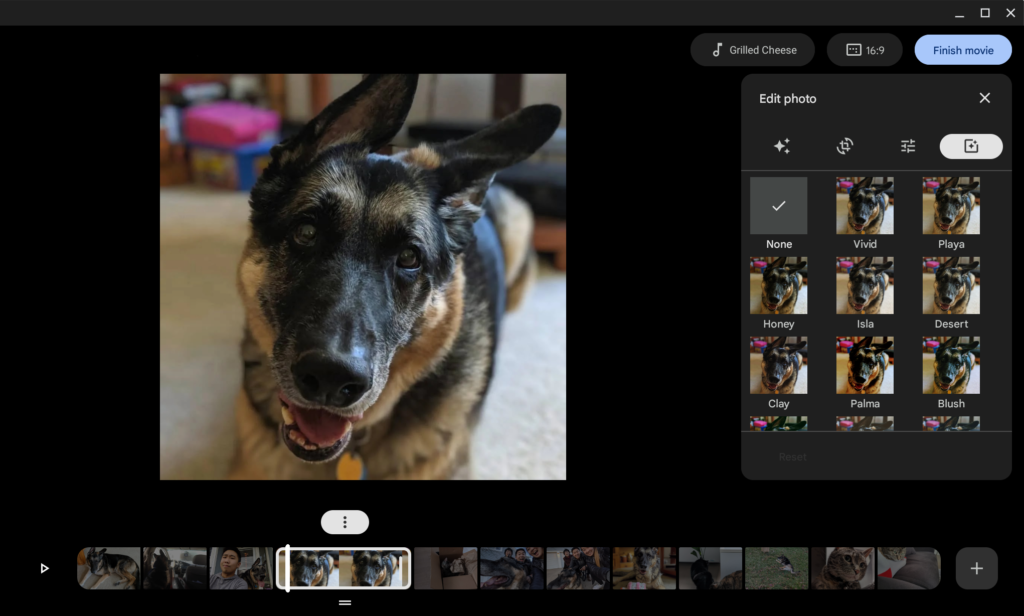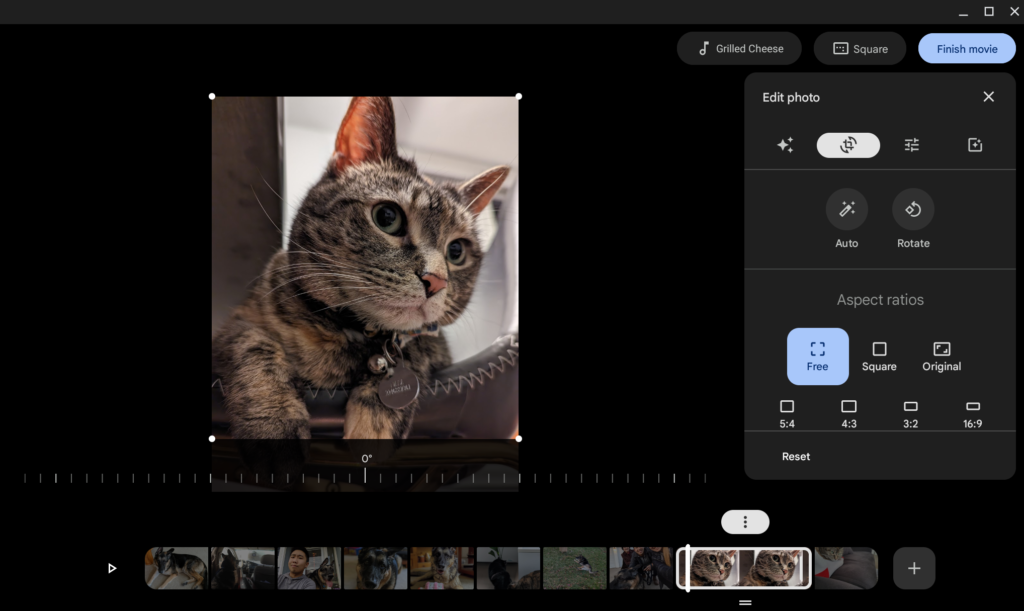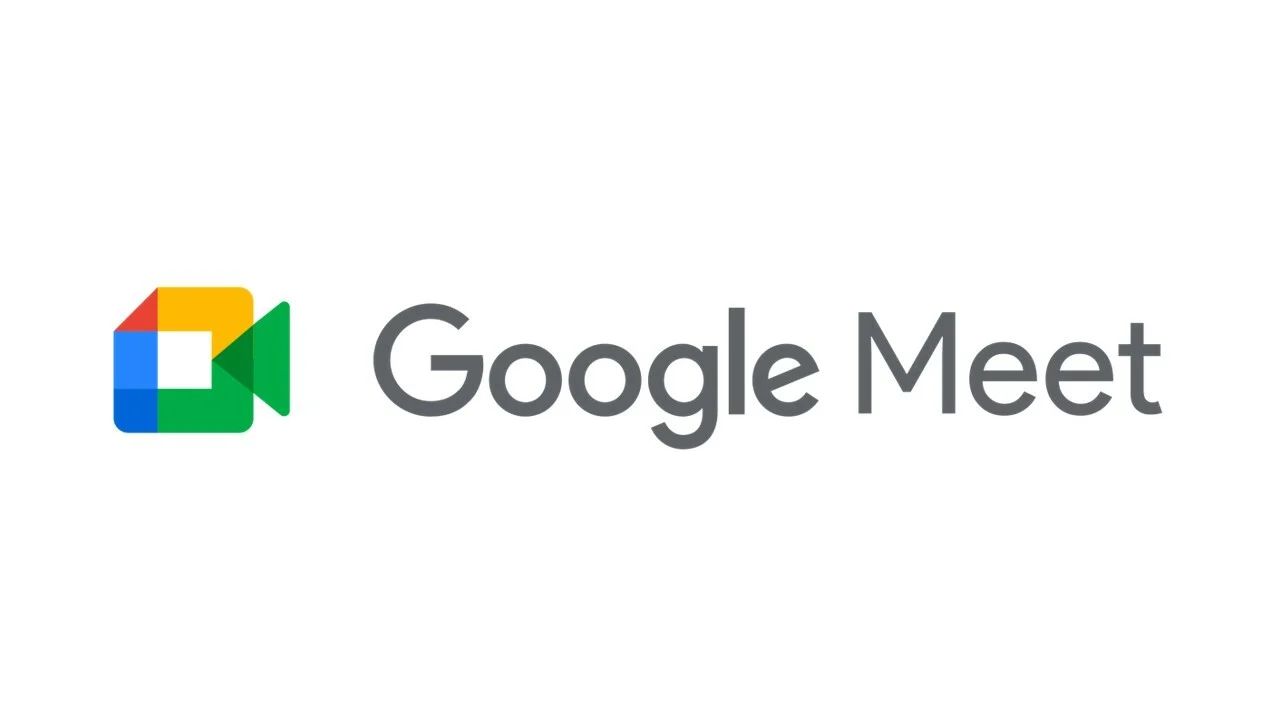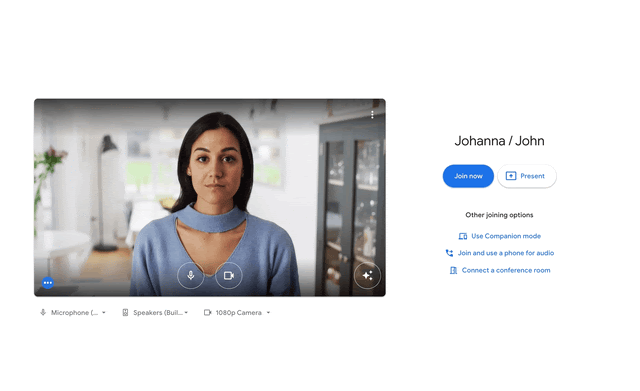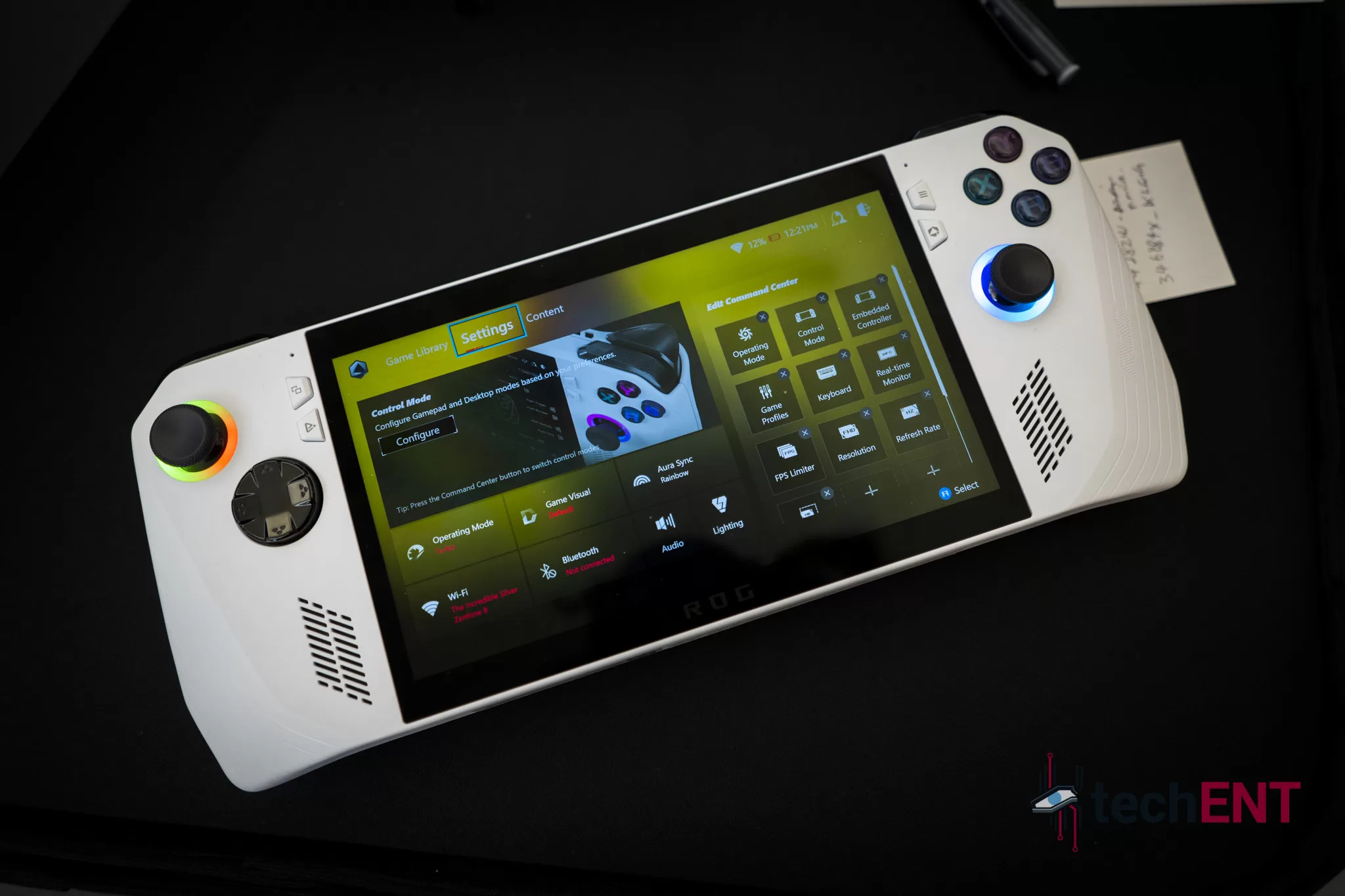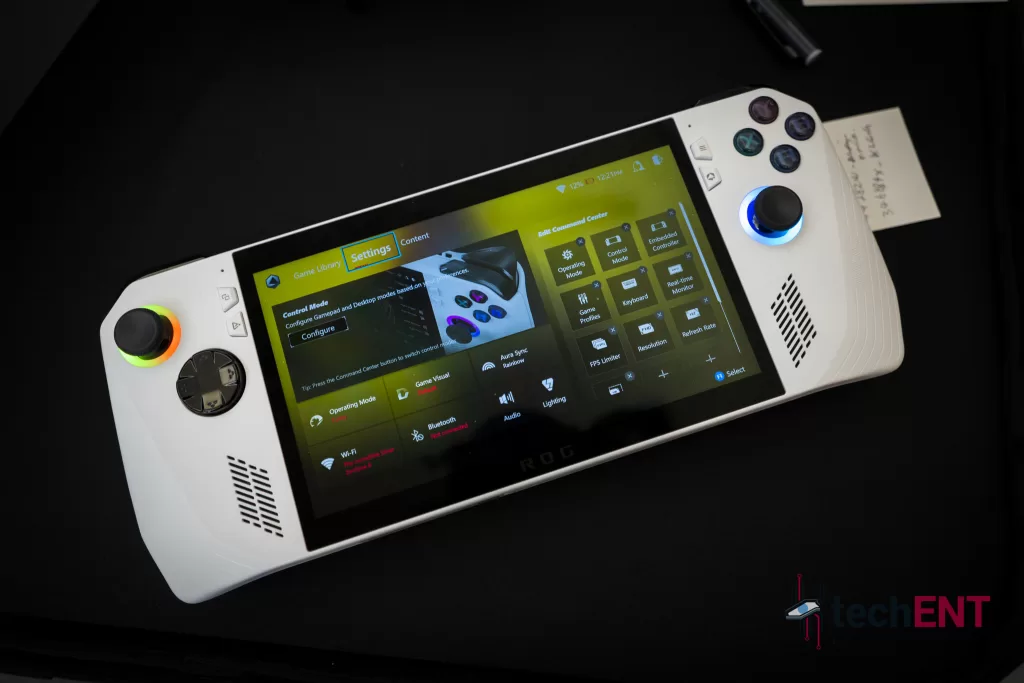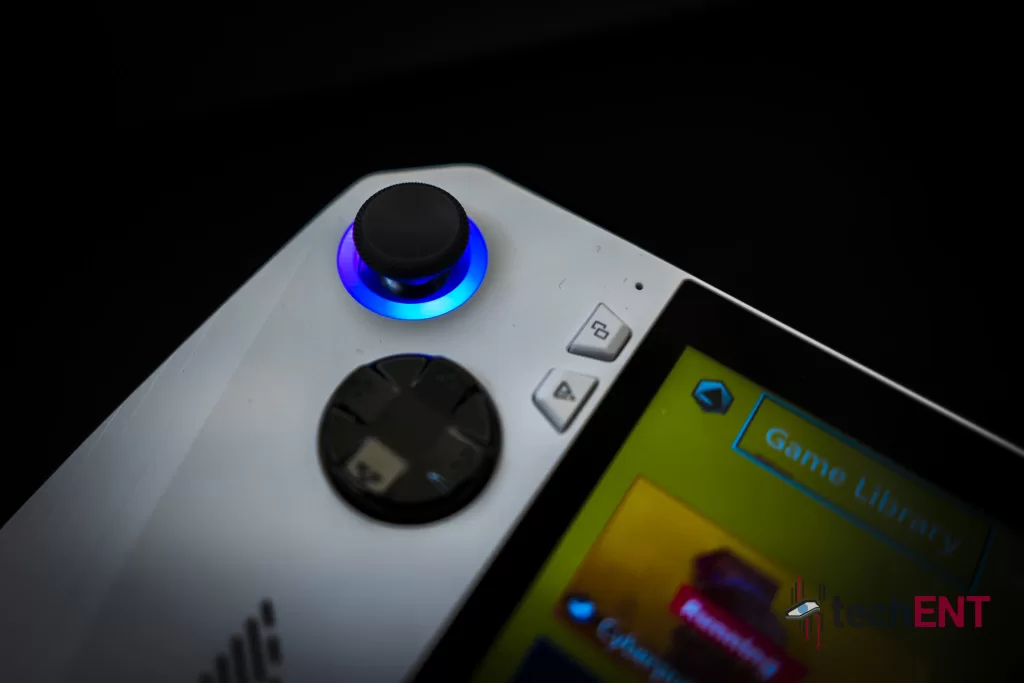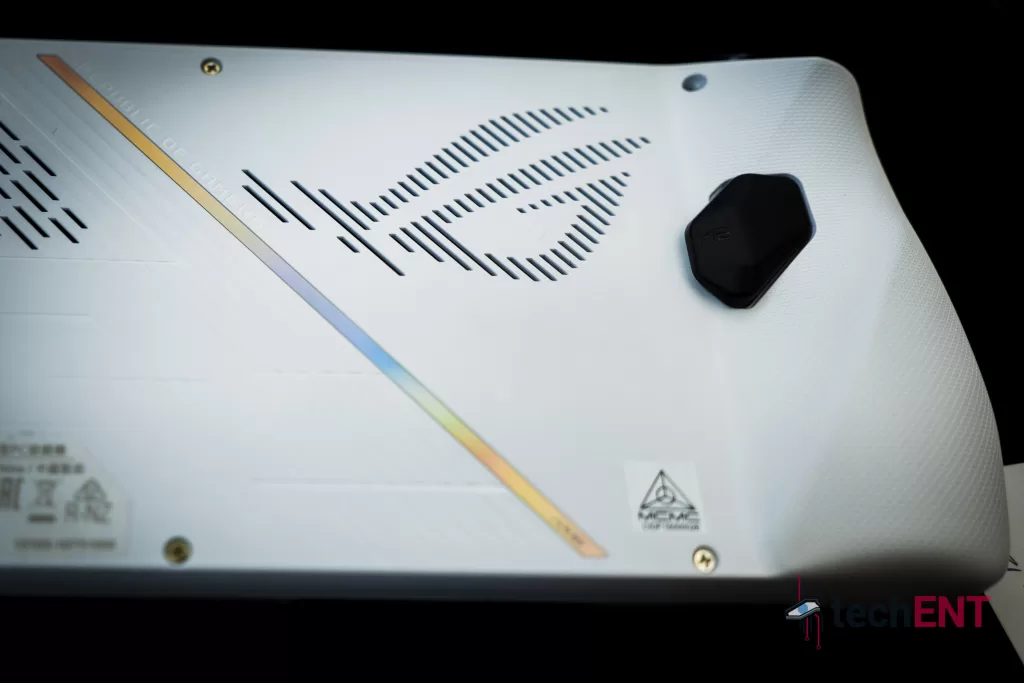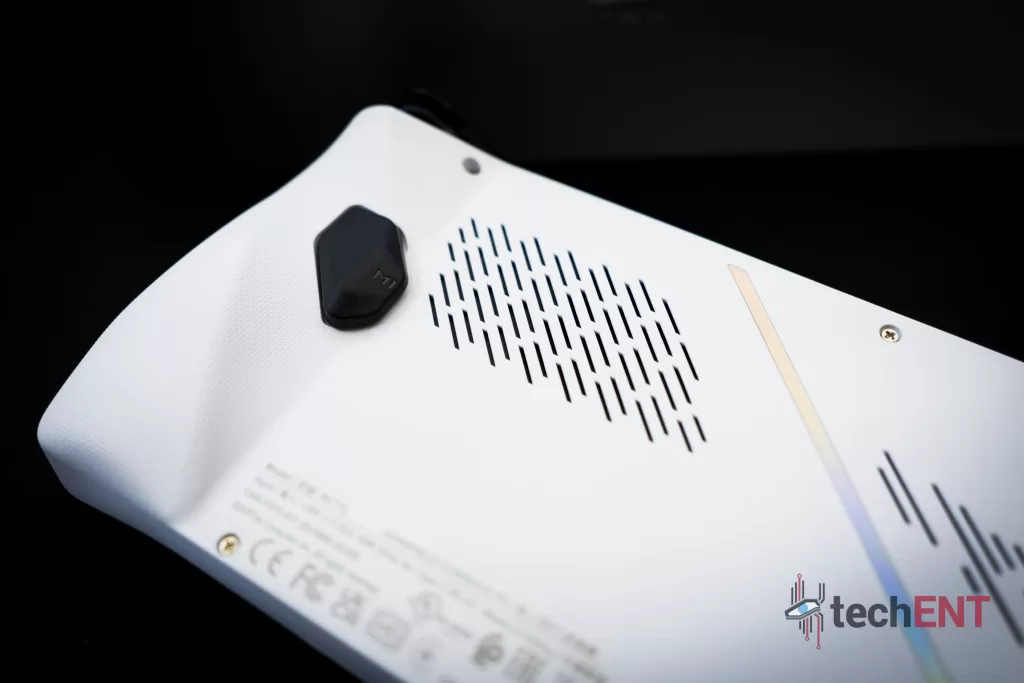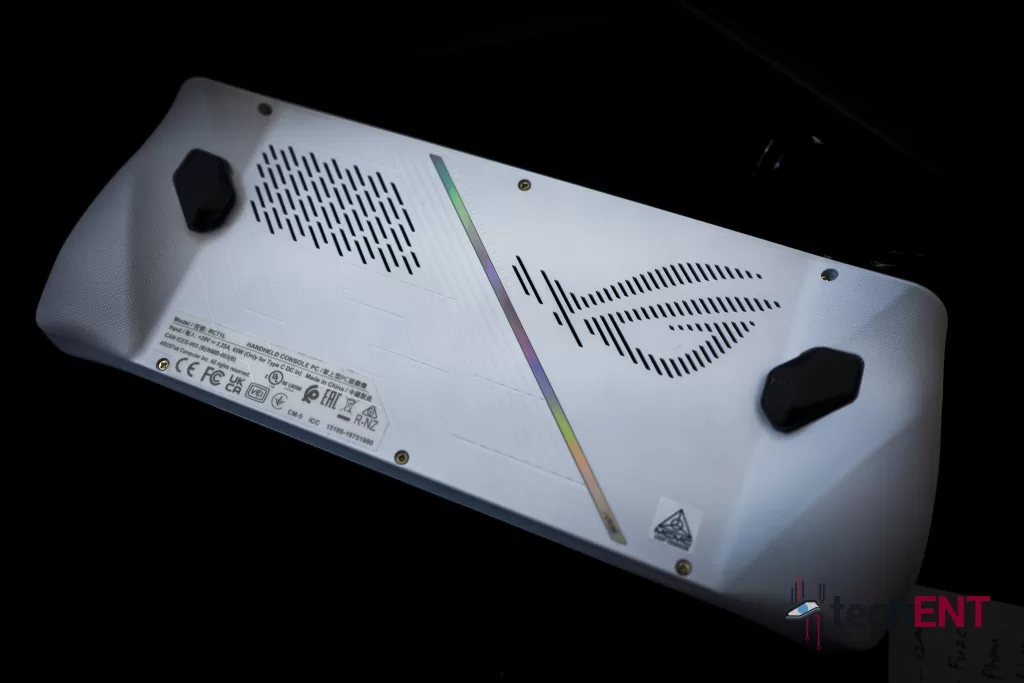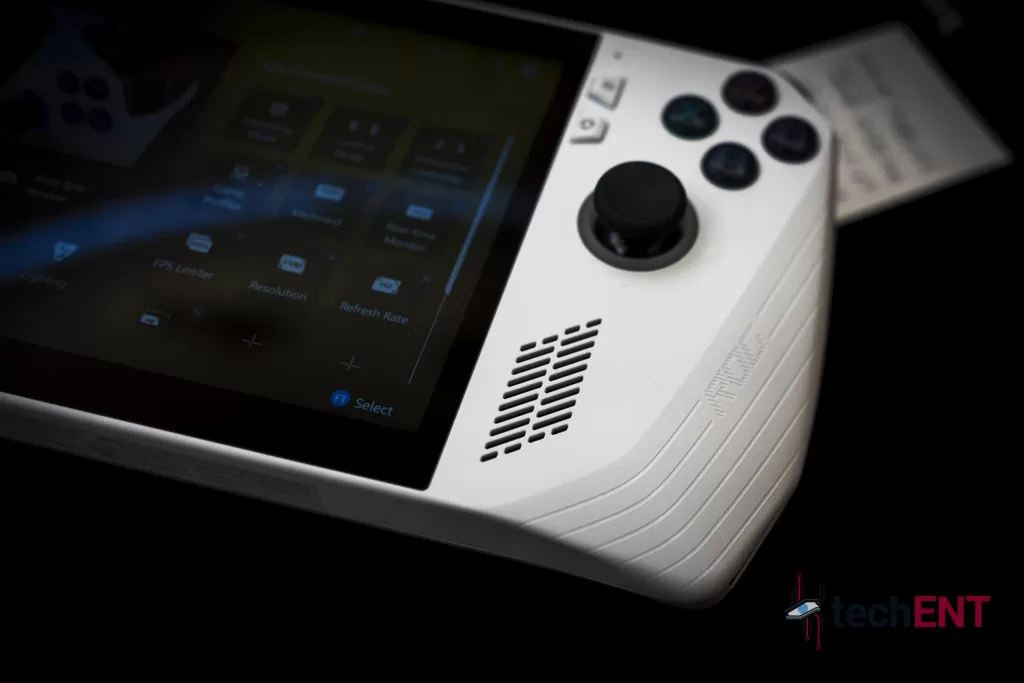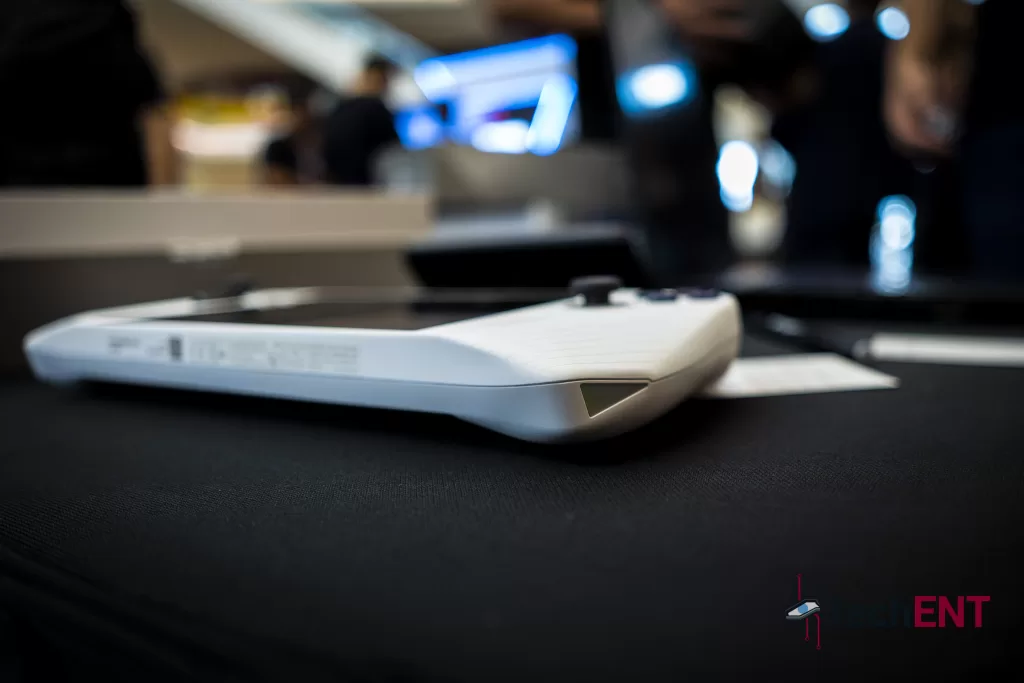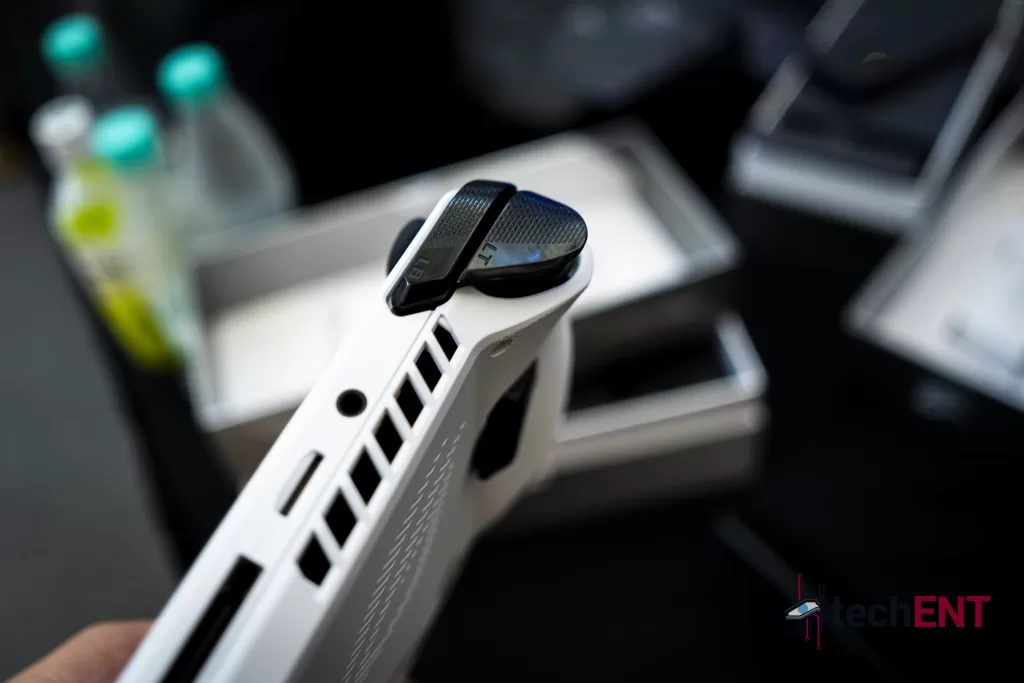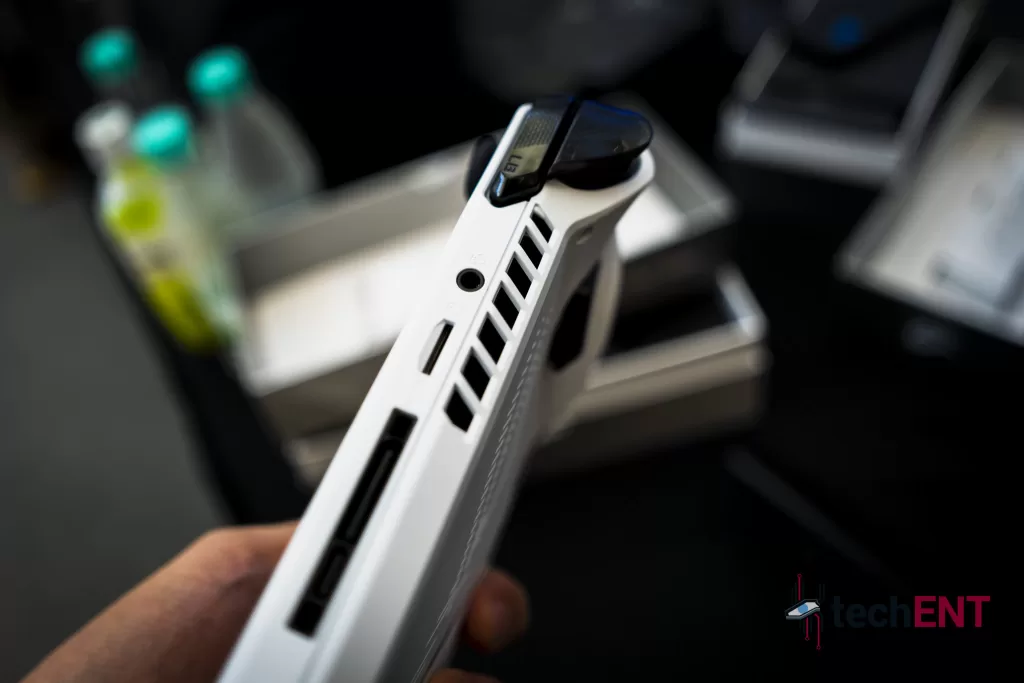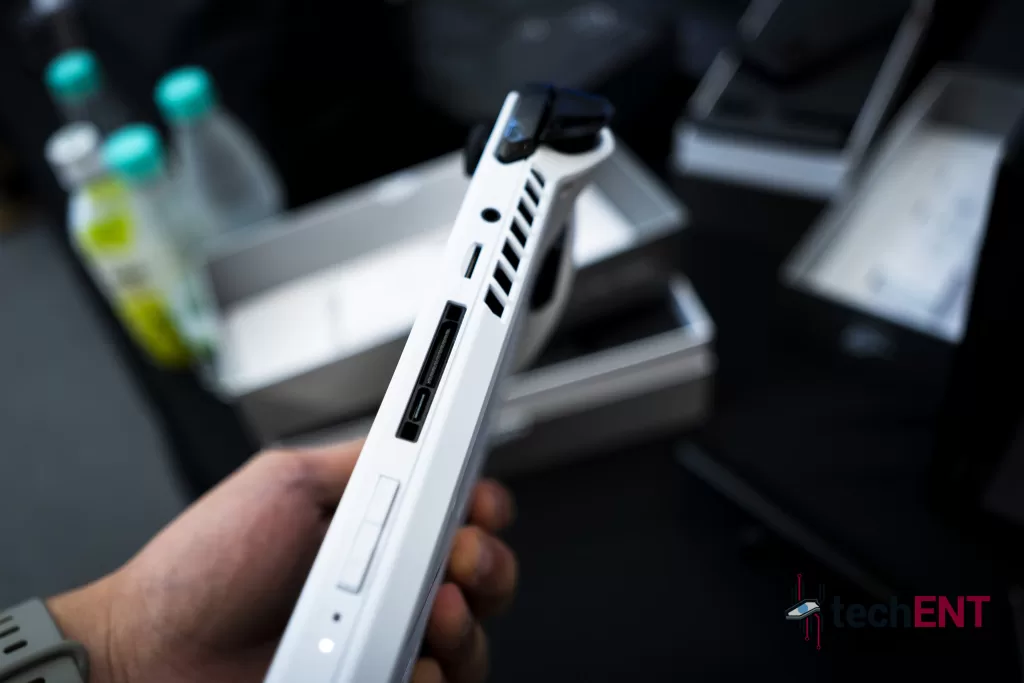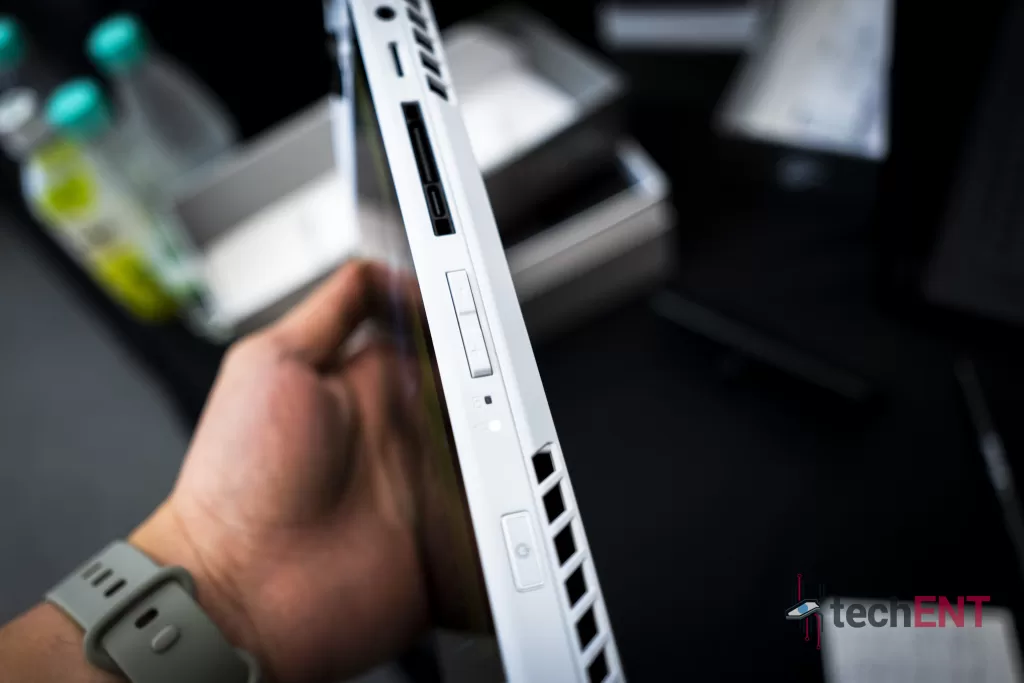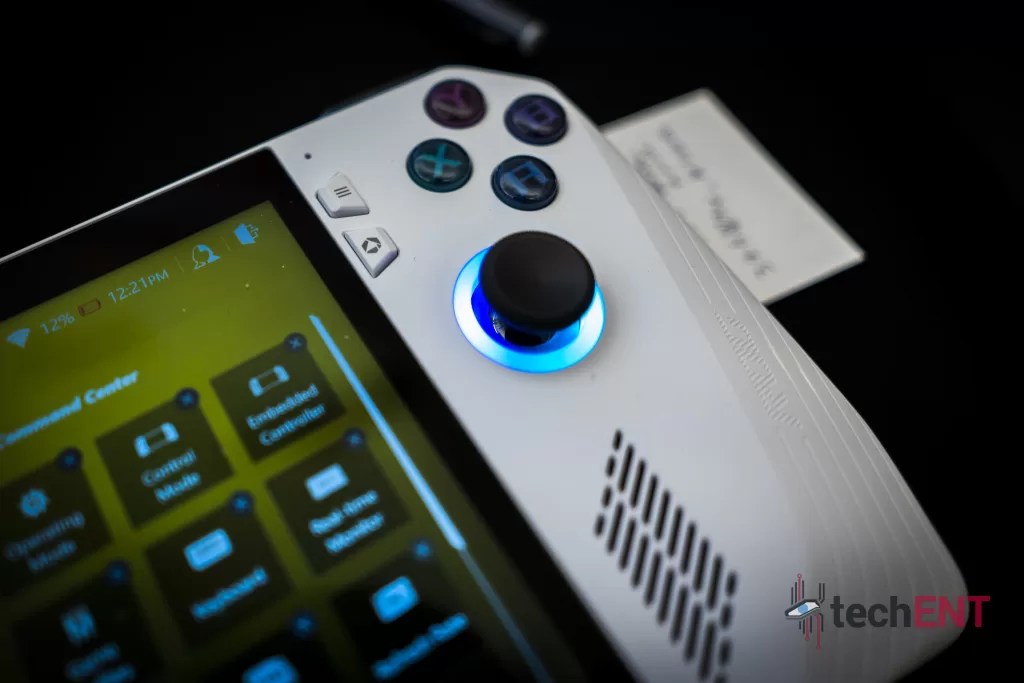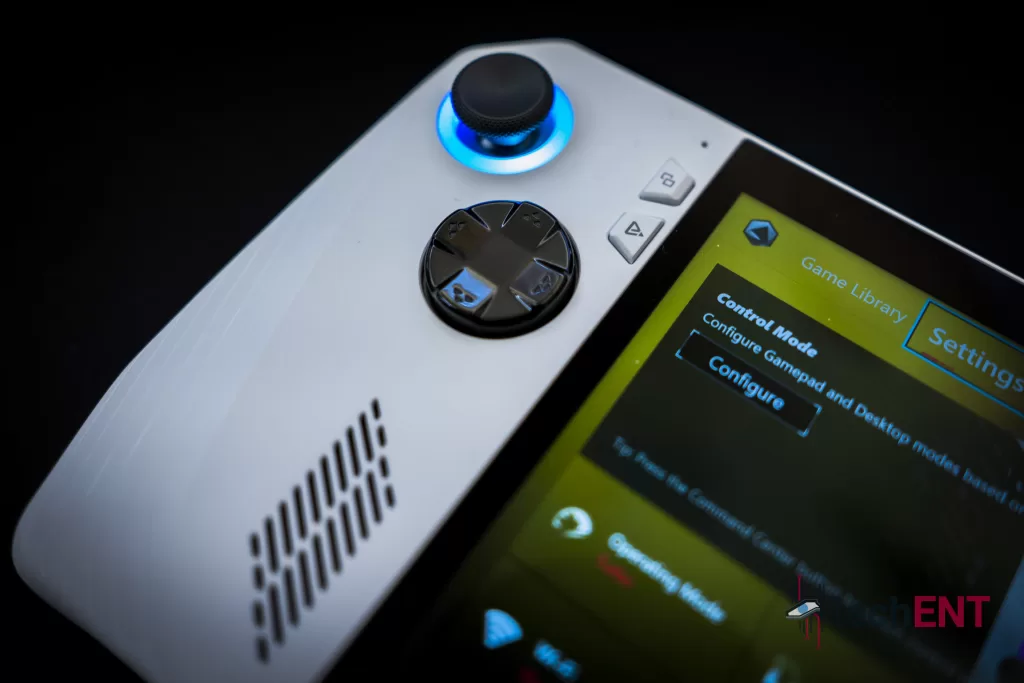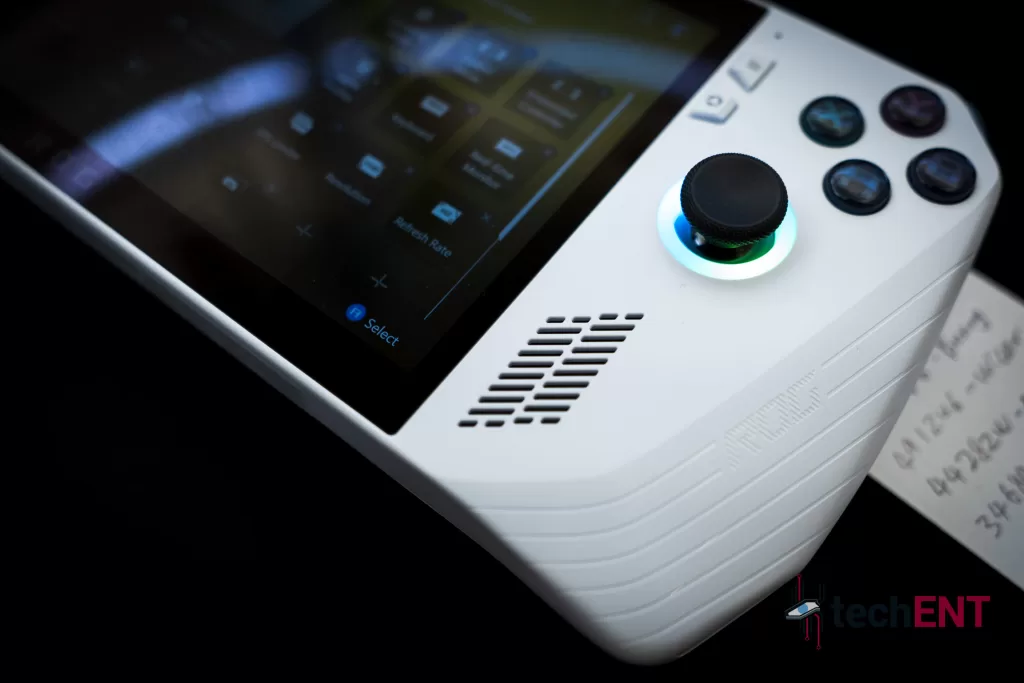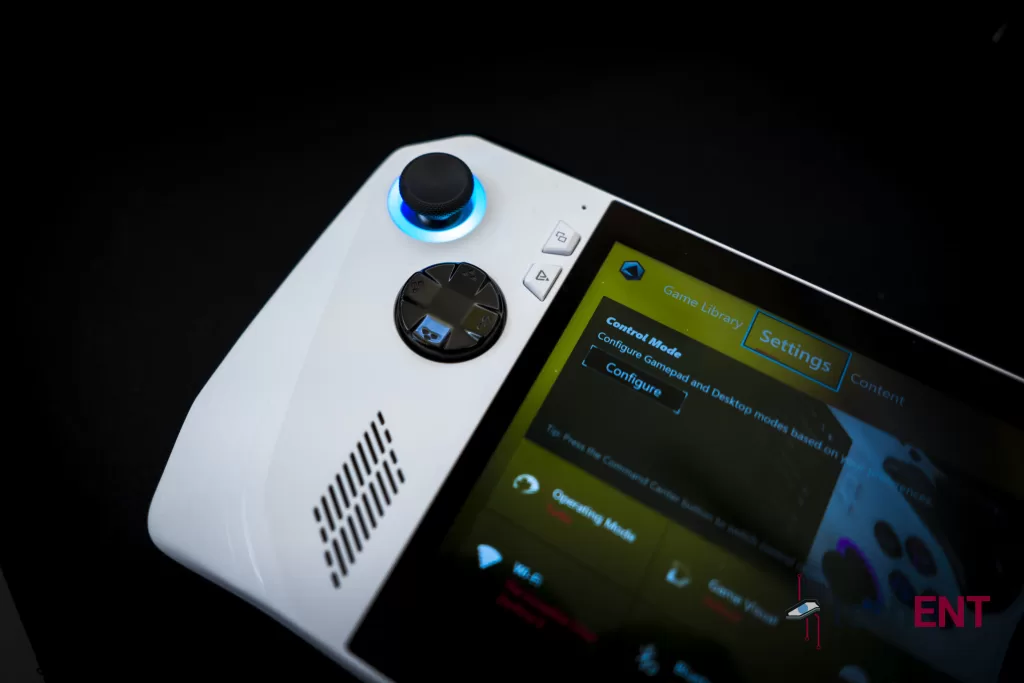Remote work and hybrid work are fast becoming commonplace after the pandemic. More and more of us are finding ourselves working in places other than our offices and it has slowly but surely changed what we need and look for in our devices. Dell is well ahead of the curve in delivering purpose-built devices for any price point. However, the shift in paradigm has also led to Dell rethinking and reconceptualising its approach to designing its solutions.
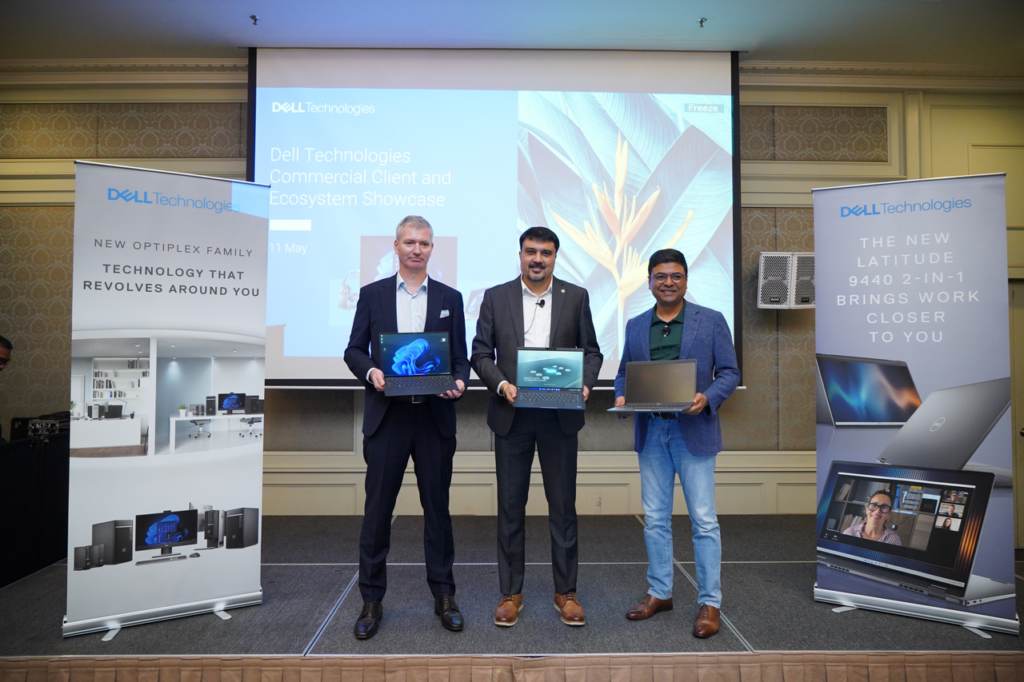
“It’s not about the work, it’s about how we get it done,” were the words of Paul Carter, Dell Technologies’ Vice President of Client Solutions Group Sales for Asia Pacific, Japan (APJ) at the APJ launch of their new commercial line up of devices. He outlined the fundamental shift in Dell’s approach to creating its commercial solutions. The change has influenced the features and form factors offered by the refreshed Latitude, Optiplex and Precision lineups. This change is also ever present in the accessories and monitors that expand its commercial offerings. Dell’s approach caters to four personas shaped by their work and the nature of their functions: the builder, the connector, the producer and the specialist.
Devices for the Builders & Connectors in Organisations
Builders are people focused on building the business primarily dealing with people and company strategy while connectors bring people together and optimize outcomes by balancing collaboration and team interests. These workers need to be nimble and productive requiring devices that not only serve as productivity tools but also tools for presentations but more importantly, these tools need to be as portable and light as they need to be on their feet.
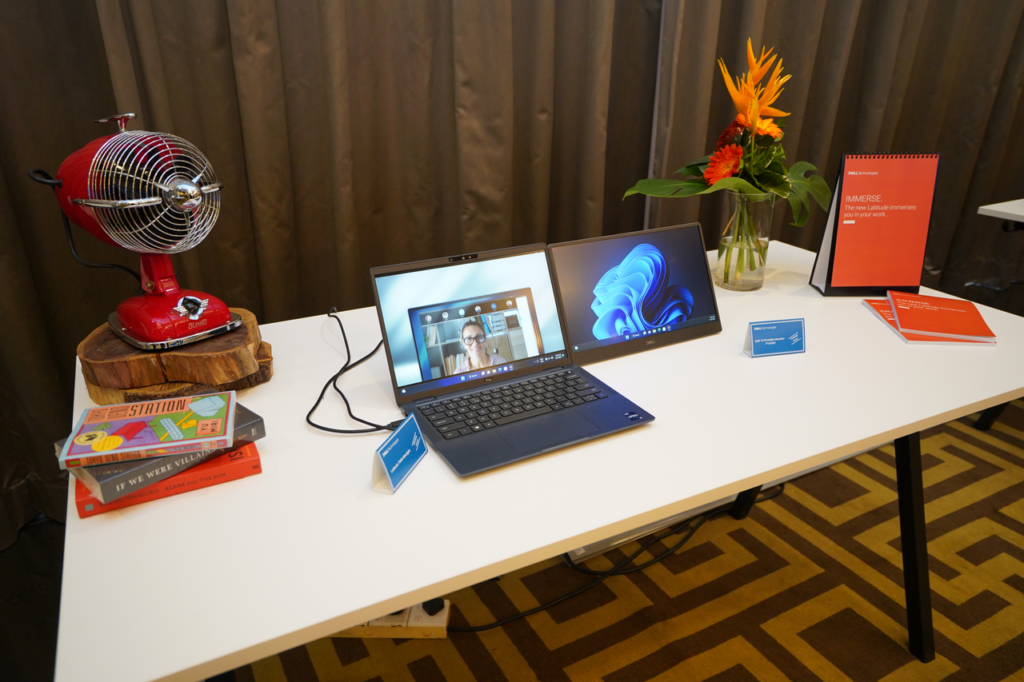
Dell has created multiple devices across their Precision and Latitude lineups with multimode productivity. Laptops like Dell’s new Ultra-Premium Latitude 9440 are built with the power, portability and design that is not only meant to empower productivity but bring the prestige that comes with being a C-Suite and manager. However, for those needing something even more portable, Dell has the Latitude 7340 and Latitude 7440 ultralight that puts portability front and center.
In addition, the Dell Latitude lineup is also imbued with 2-in-1 laptops for the Latitude 7340 and Latitude 7440 which allow them to be tools for on-the-go presentation. The Latitude 9440 2-in-1 brings this feature set with the premium build and design fit for higher management.
Catering to the Producer and Specialist – A group that Needs More Power for Productivity
Dell has also identified a group called Producers who work on delivering outcomes and focuses on accomplishing tasks and productivity. This group works closely with the specialists in any organisation. Specialists perform detail oriented work and work on solving problems, delivering products, analyzing data and even creating content. These groups of people require machines that are packed to the brim with power to churn large amounts of data or render heavy graphical loads.
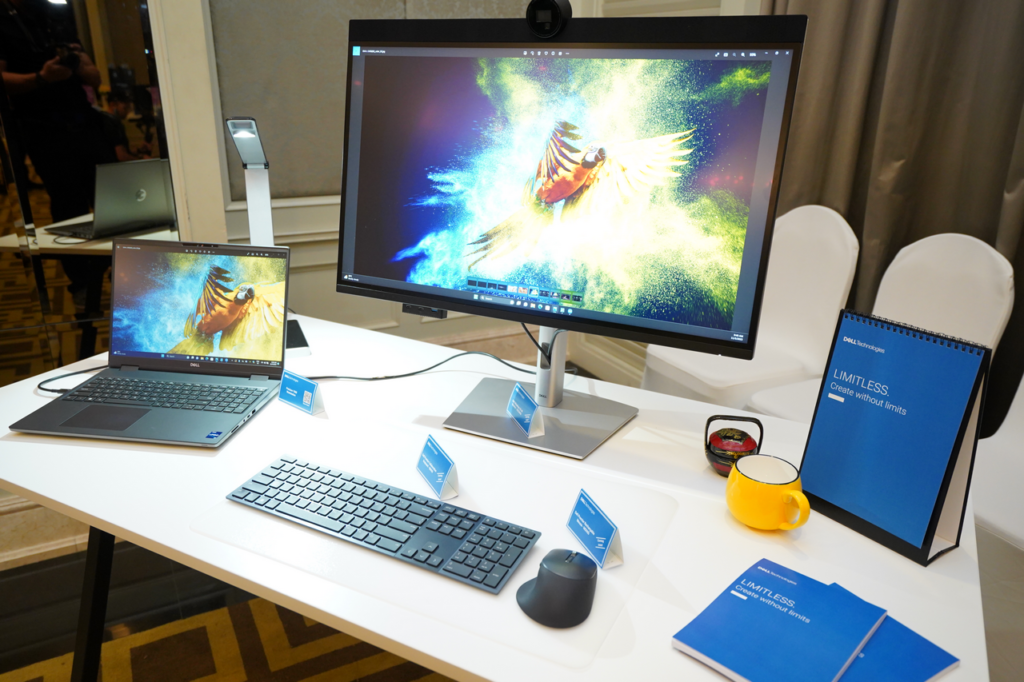
The Precision lineup brings the required power with top of the line graphics powered by NVIDIA’s RTX Ada generation graphics. These setups range from mobile, portable laptops like the Precision Mobile Workstation 5480 that packs the powerful internals needed for detail oriented work into a slim, portable body to the Precision 7960 Tower that brings the power in a more convention desktop as well as the Precision 7960 Rack which brings the specifications to servers allowing remote access with data security.
Bringing Diversity & Sustainability to the Forefront
Dell’s Optiplex line up, on the other hand, falls squarely into the spaces between these personas bringing productivity focused machines into compact, space saving form factors. They allow users to stay productive without sacrificing desk space. The Optiplex line up also packs enough power for these workers to get a more diverse range of work done. Things from repetitive admin work to processing spreadsheets.
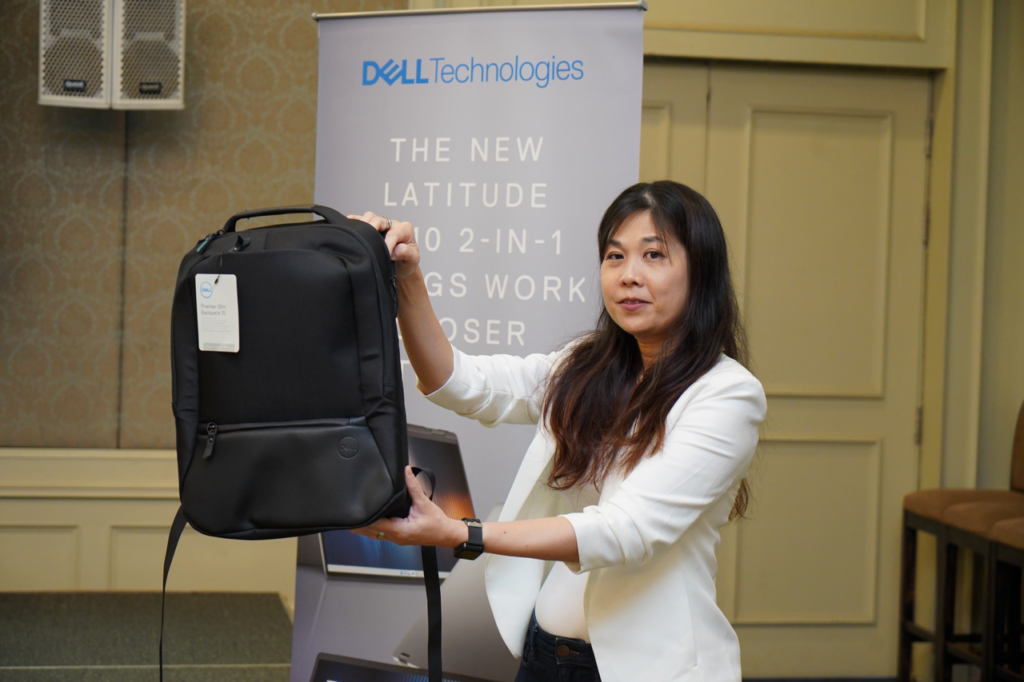
That said, Dell’s solutions across the board are guided by the company’s many sustainability goals and moonshot goals. It comes as no surprise that all of these devices come with a substantial amount of optimisations and materials which reduce the environmental impact of the company and devices. Dell has incorporated things like Post Consumer Recycled (PCR) plastics, sustainably sourced metals and components made of recycled materials.
Dell has also brought some of their ideas and learnings from their many concept devices like Concept Luna to their new devices. They haven’t even more sustainability plans in the works which will make their debuts with future products.
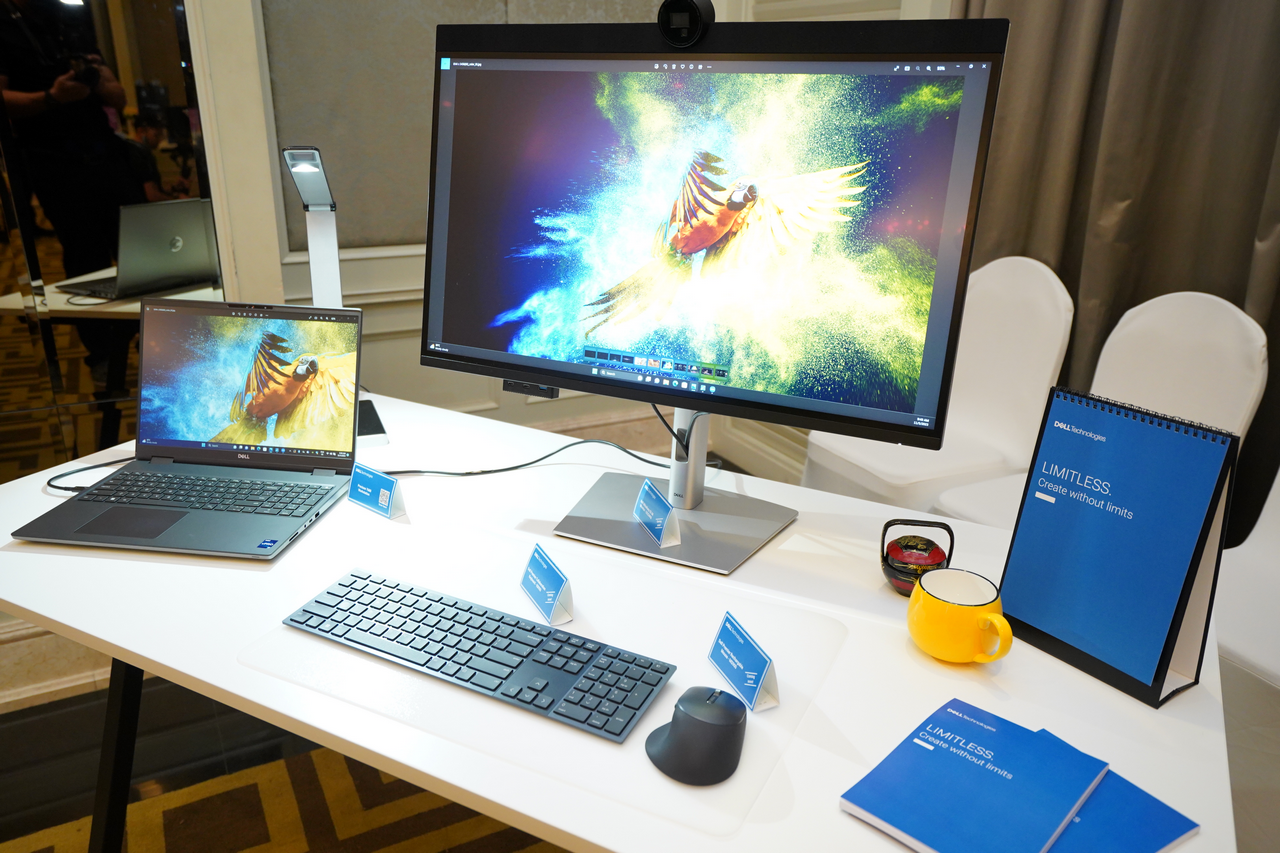
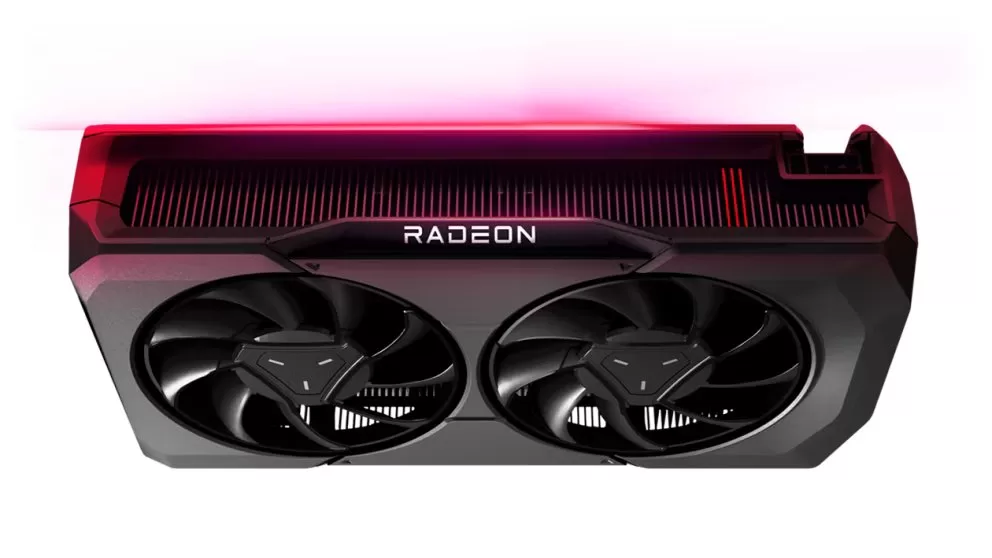
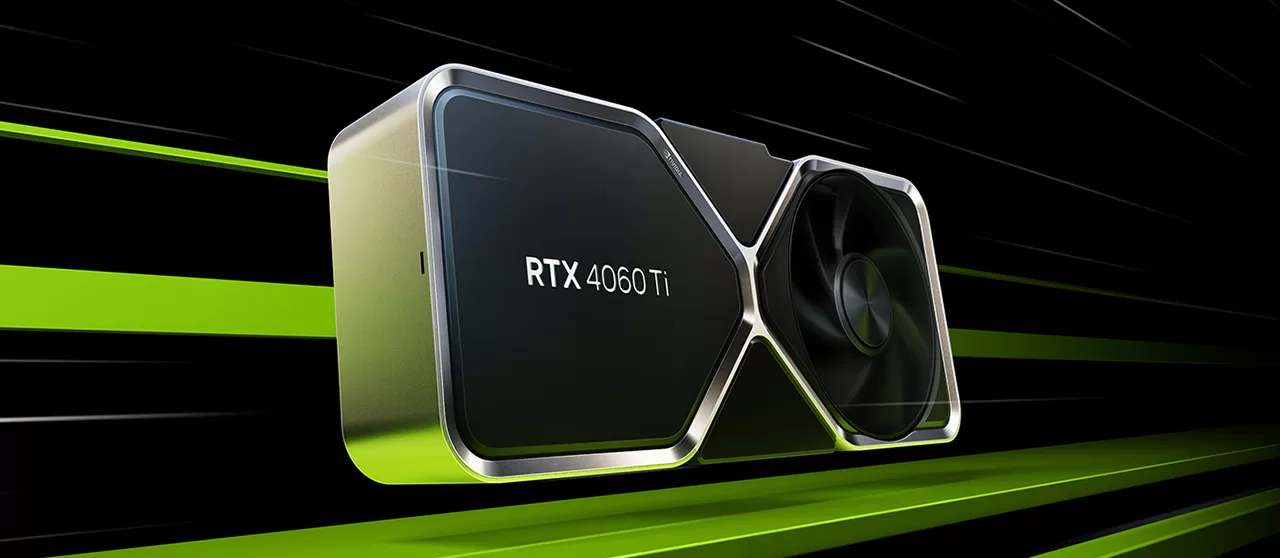

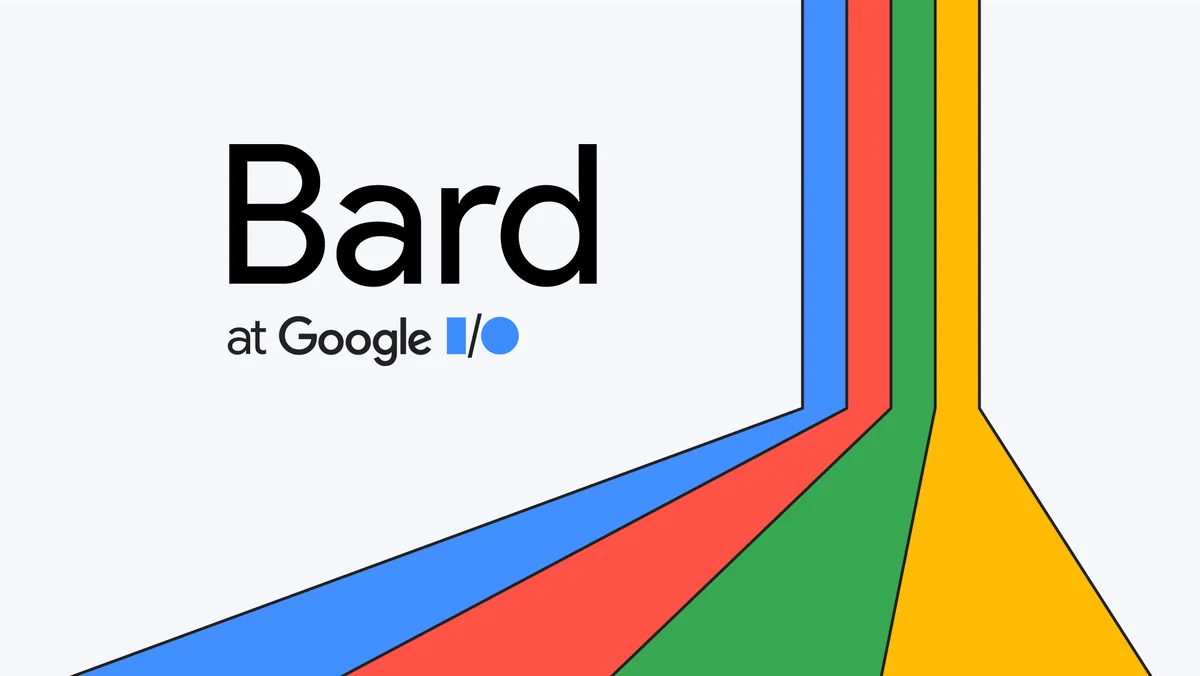
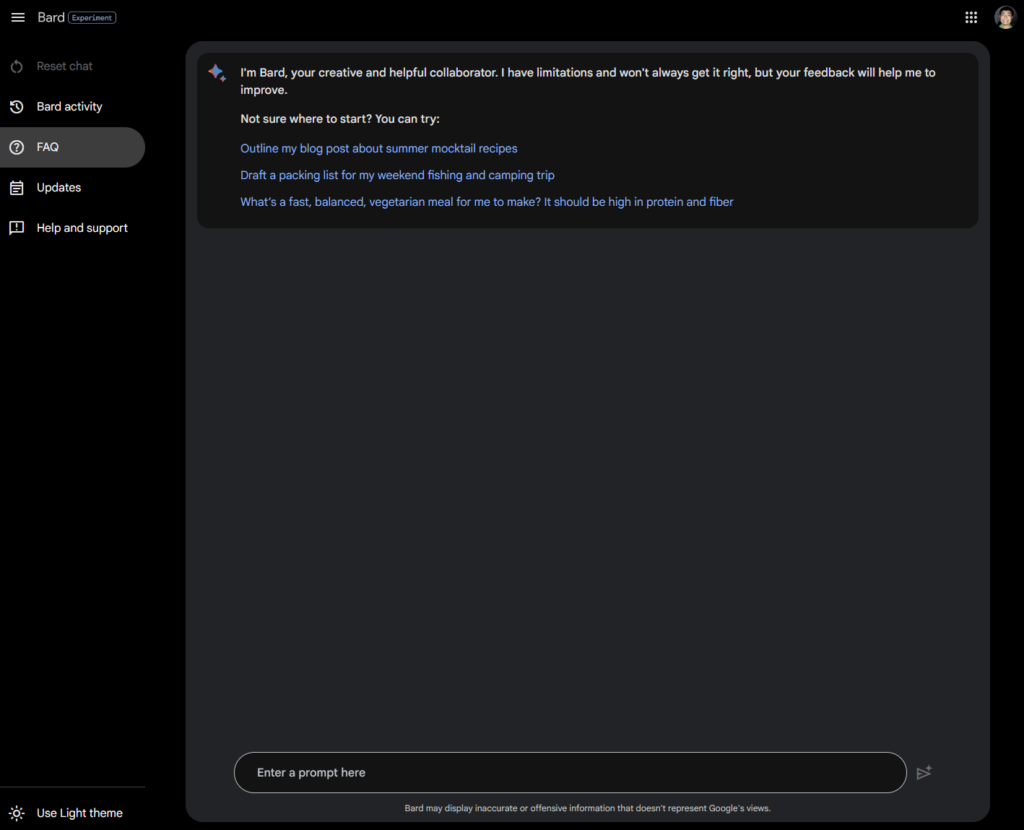
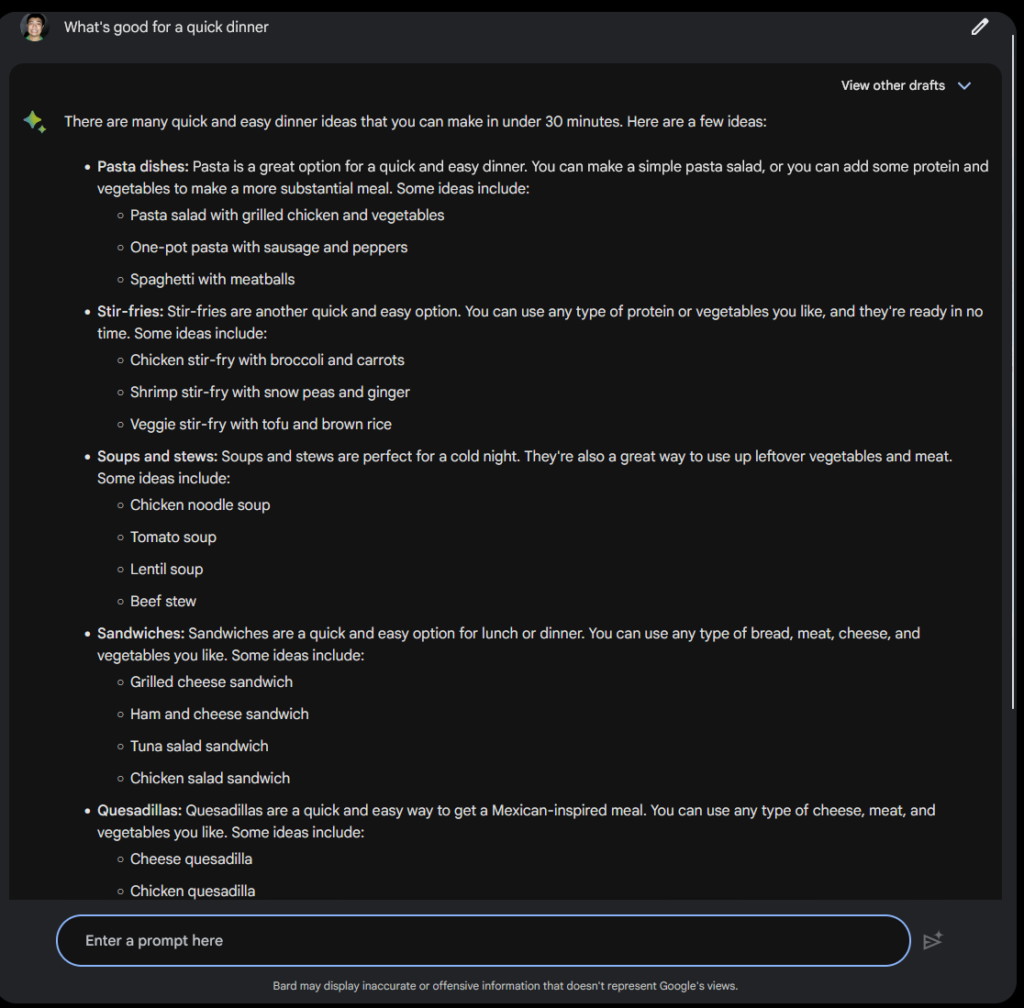
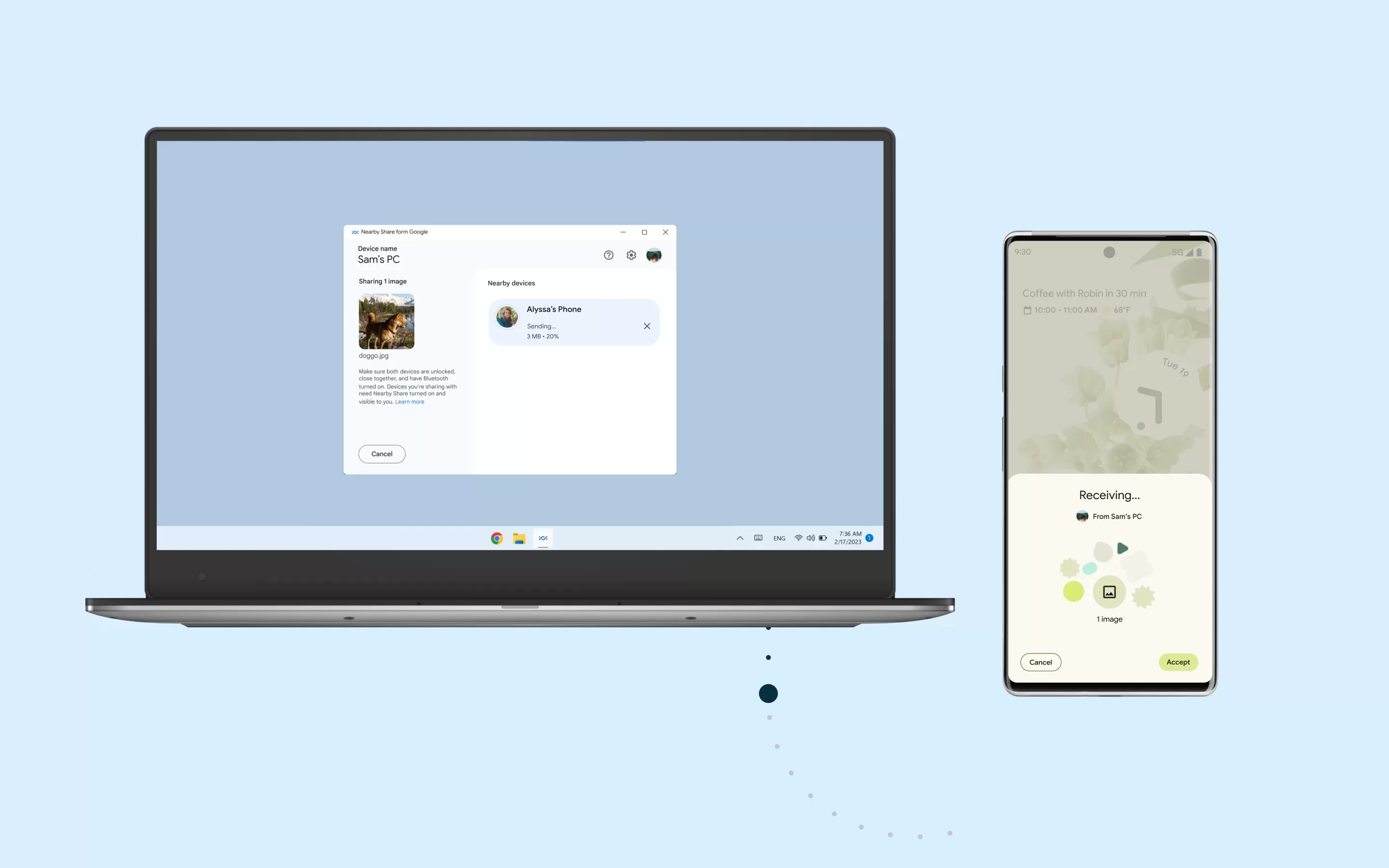
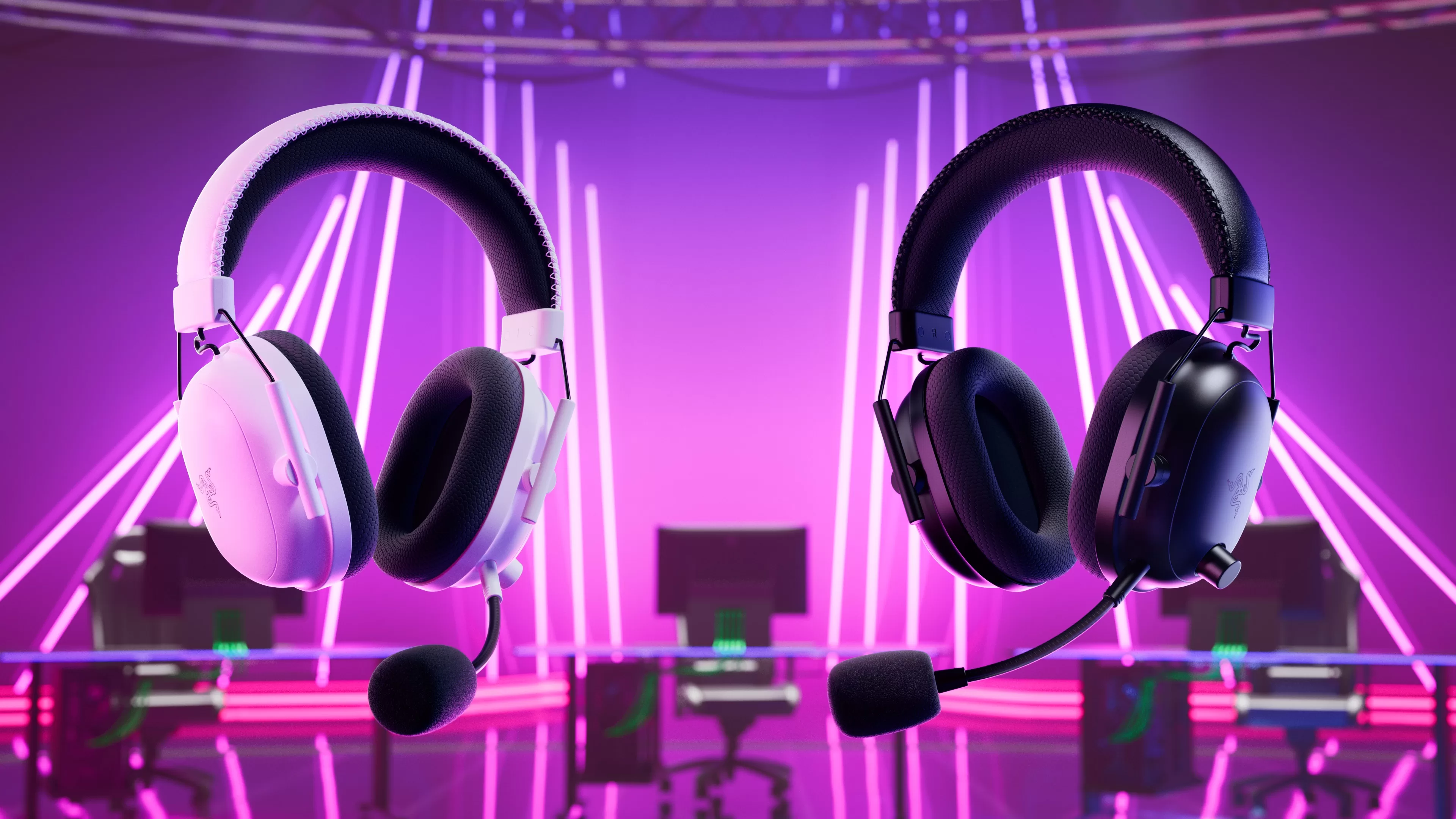
![BlackShark V2 Pro [2023] Render (6)](https://techent.tv/wp-content/uploads/2023/04/BlackShark-V2-Pro-2023-Render-6-1024x768.webp)
![BlackShark V2 Pro White [2023] Render (4)](https://techent.tv/wp-content/uploads/2023/04/BlackShark-V2-Pro-White-2023-Render-4-1024x768.webp)
![BlackShark V2 Pro White [2023] Render (3)](https://techent.tv/wp-content/uploads/2023/04/BlackShark-V2-Pro-White-2023-Render-3-1024x768.webp)
![BlackShark V2 Pro White [2023] Render (2)](https://techent.tv/wp-content/uploads/2023/04/BlackShark-V2-Pro-White-2023-Render-2-1024x768.webp)
![BlackShark V2 Pro White [2023] Render (1)](https://techent.tv/wp-content/uploads/2023/04/BlackShark-V2-Pro-White-2023-Render-1-1024x768.webp)
![BlackShark V2 Pro [2023] Render (5)](https://techent.tv/wp-content/uploads/2023/04/BlackShark-V2-Pro-2023-Render-5-1024x768.webp)
![BlackShark V2 Pro [2023] Render (4)](https://techent.tv/wp-content/uploads/2023/04/BlackShark-V2-Pro-2023-Render-4-1024x768.webp)
![BlackShark V2 Pro [2023] Render (3)](https://techent.tv/wp-content/uploads/2023/04/BlackShark-V2-Pro-2023-Render-3-1024x768.webp)
![BlackShark V2 Pro [2023] Render (2)](https://techent.tv/wp-content/uploads/2023/04/BlackShark-V2-Pro-2023-Render-2-1024x768.webp)
![BlackShark V2 Pro [2023] Render (1)](https://techent.tv/wp-content/uploads/2023/04/BlackShark-V2-Pro-2023-Render-1-1024x768.webp)

